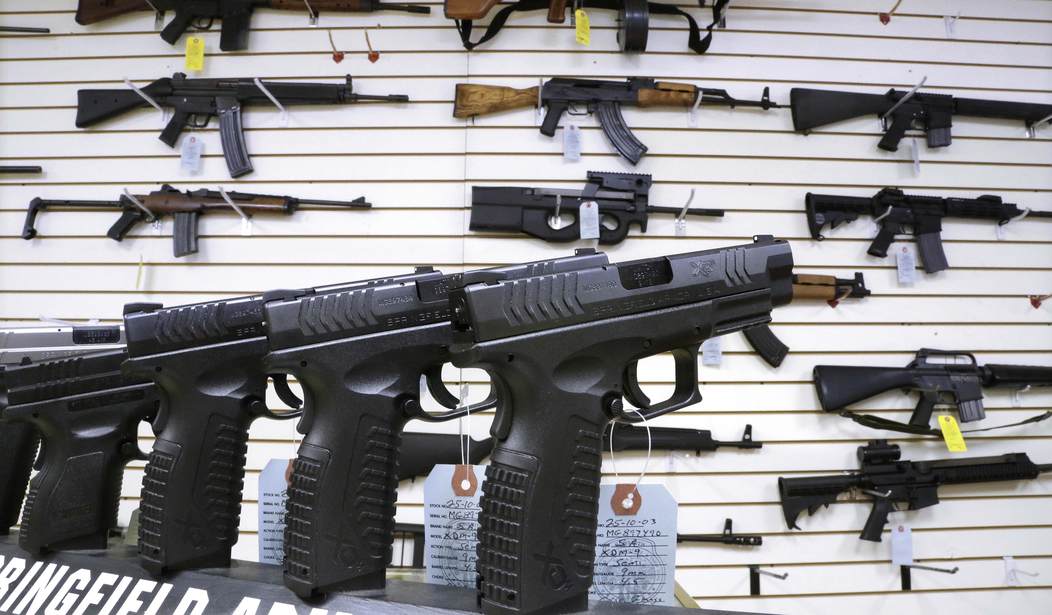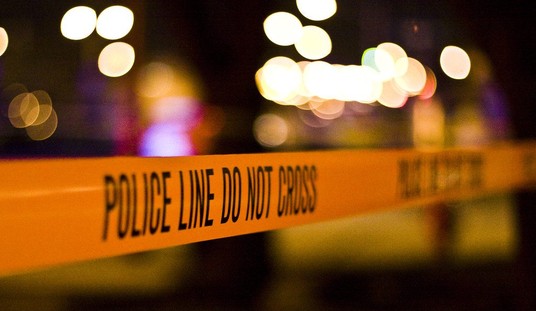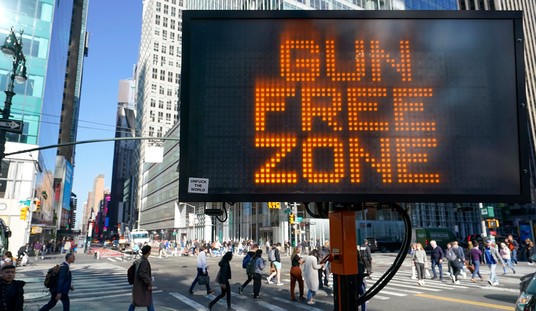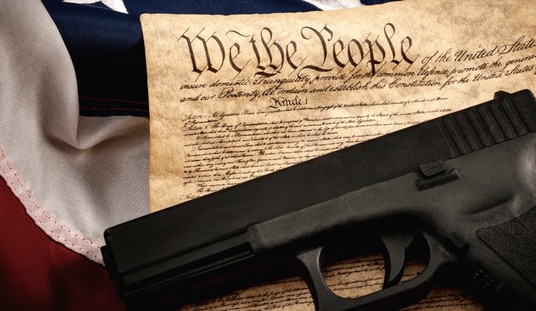Laws regarding guns are plentiful and, in the wake of Bruen, a lot of people freaked out. After all, the Supreme Court laid down a guideline for whether a gun law could be considered constitutional or not.
The freakout was because, frankly, everyone figured that most gun control laws wouldn’t meet that standard.
They’re probably right, too.
Over at The Truth About Guns, writer Jennifer Sensiba has a piece about normality and gun control laws. In particular, how the current status quo hasn’t always been the case and that what people consider normal regarding these laws here and now wasn’t always the norm.
One very troublesome aspect of human psychology is normalcy bias, our hesitance to believe that the way things are right now is how they’ll always be, and how they always were. In many ways, that’s how it is with gun control. It’s easy to think that just because something has been a certain way your whole life that it can’t possibly change. Whether we live in denial or not, sometimes the world changes anyway.
After the NYSRPA v Bruen decision, anti-gun politicians and commentators accused the Supreme Court of things like “repealing the 20th century.” But, the truth is that even most of the 20th century wasn’t a gun control paradise. In this article, I’m going to give several examples of things that are “unthinkable” today that show gun control is both relatively new and entirely worthless.
…
If you ask around in your family, you can probably find similar tales of completely uncontrolled guns. In my family, my grandfather (who graduated high school in 1953, just 50 years before I did) says that he would just take guns to school. The teacher would have kids put their rifles in the back of the room or put them in their lockers during class so they could go to the school’s shooting range or go hunting after school.
Nobody got hurt. Nobody shot the place up.
My dad, who was in high school a couple decades later, tells similar stories. They didn’t want guns in the building, but it was completely normal for a gun or two to sit on a rifle rack in the back window of the cab of a pickup. Once again, despite students having guns on school grounds, nobody got them out and shot the place up. Shootings of any kind were far more rare than they are today (and they’re still pretty rare today).
Now, I wasn’t around for the days of shipping guns directly to your house without an FFL holder, which also gets touched on in the piece, but I do recall the days of guns in the car.
My high school was a small private school. If that sounds like I was raised wealthy, don’t get too excited. This was one geared more toward the middle class and we had a most definite “country” vibe. Hunting was our unofficial school sport and it was normal for many of my classmates to leave the deer stand or turkey blind in order to get to class on time.
Not only was no one ever shot, no one was even threatened.
The underlying message in Sensiba’s piece is simple: That the gun laws now accepted as normal weren’t always. Things can and do change, which means returning to a point where our rights are respected is hardly the most terrifying thing one can do.
She’s absolutely right.
What’s more, we also know that major pieces of gun control legislation had no corresponding effect on so-called gun violence. The homicide rates didn’t drop after the Gun Control Act of 1968 was passed. The homicide rate was dropping before the 1998 Assault Weapon Ban was passed and continued dropping after it sunset.
The only reason it starts to look like it dropped after the passage of the National Firearms Act was because of the repeal of prohibition.
So yeah, normalcy bias is a thing and what we consider normal and required today with regard to guns wasn’t always the case. Going back to that point in time isn’t a bad thing, either.








Join the conversation as a VIP Member